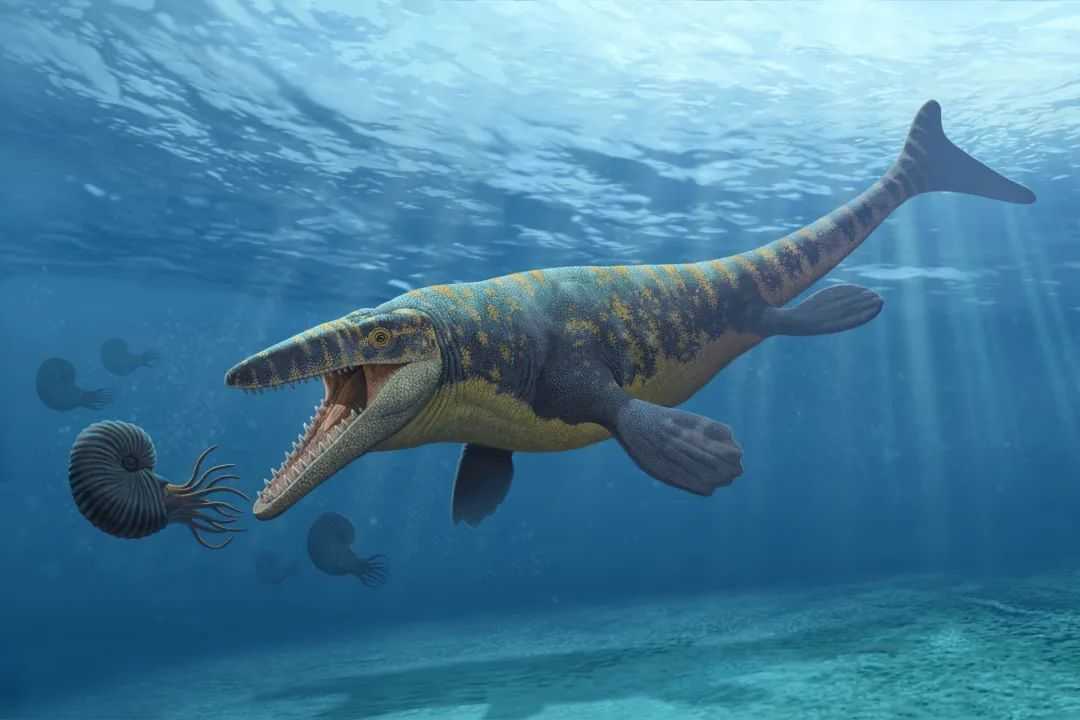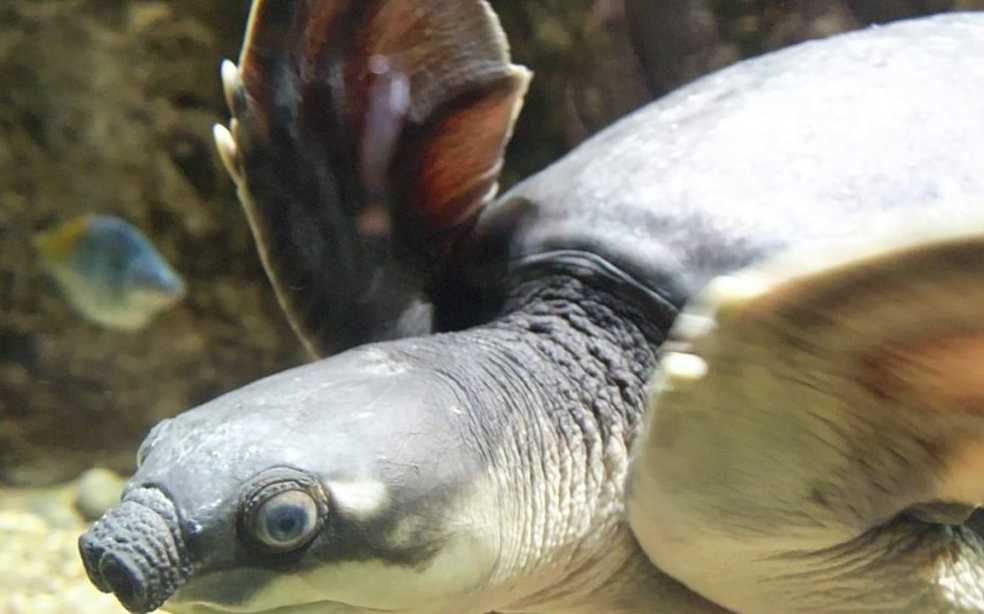
Dominating the oceans during the late Cretaceous period, Mosasaurus stood as a fearsome marine reptile, measuring over 17 meters in length and reigning as the undisputed apex predator of its time. Unlike modern marine creatures, this colossal beast traced its evolutionary roots to small, land-dwelling lizards, a transformation that culminated in one of the most successful oceanic conquests in prehistory.
Mosasaurus’s anatomy was a masterpiece of adaptation for marine dominance. Its flattened, like tail acted as a powerful paddle, generating thrust to propel it through water at surprising speeds, while four flipper-like limbs (evolved from terrestrial feet) provided unmatched agility. A thick, muscular neck supported a massive head equipped with shark-like jaws lined with conical teeth, perfect for crushing the bones of prey like plesiosaurs and other marine reptiles. This combination of speed, strength, and ferocity made it the ultimate hunter of the Cretaceous seas.
What makes Mosasaurus even more remarkable is its evolutionary journey. Scientists believe its ancestors were small, land-dwelling lizards no more than 1 meter long that ventured into the water for survival. Over millions of years, they evolved into streamlined swimmers, shedding their terrestrial traits in favor of adaptations for deep-sea life. By the late Cretaceous, Mosasaurus had risen to the top of the food chain, embodying the pinnacle of reptilian evolution in the ocean. Though its reign ended with the mass extinction event that wiped out the dinosaurs, its fossilized remains continue to awe researchers, offering a window into a world where giants ruled the waves and evolution turned humble lizards into marine monsters.





